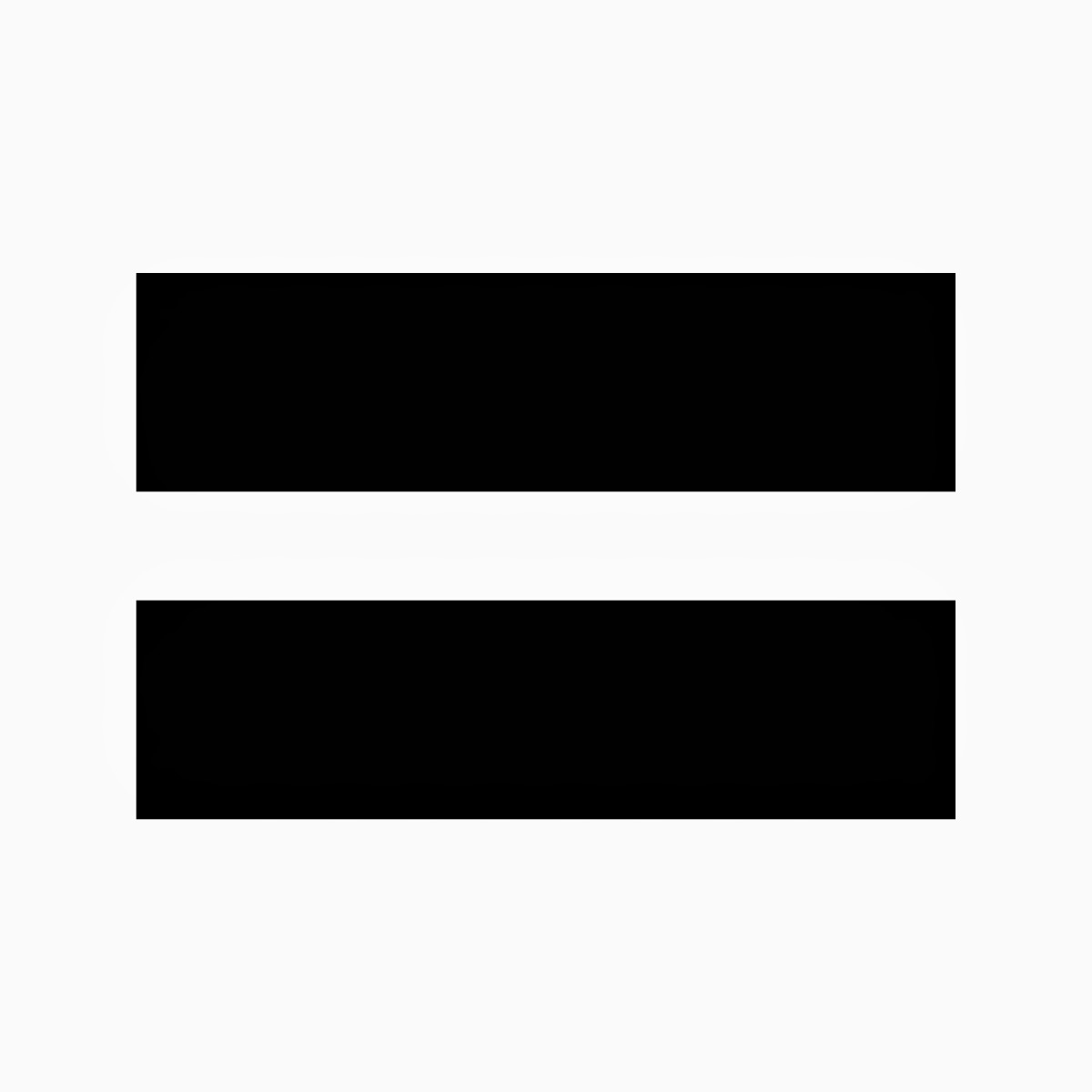

Whether the logo is seen on a T-shirt, an HRC publication, a lawmaker's lapel or as a backdrop for a historic speech by the president of the United States, it sends a message that the Human Rights Campaign and its more than 3 million members and supporters will remain vigilant in the fight for LGBTQ+ equality.Equals Money is a trading style of FairFX PLC (Registered in England & Wales No.

The campaign put the spotlight on HRC and spread awareness about the organization and its original blue and yellow logo. Today, the red HRC logo continues to be used by HRC to promote LGBTQ+ rights. The Internet was awash in red and displayed the growing support for marriage equality in the U.S. Millions of people shared the logo, countless memes were created in response, and Facebook saw a 120 percent increase in profile photo updates. The campaign went viral, and celebrities such as George Takei, Beyonce, Martha Stewart and others helped draw attention to the movement. Supreme Court was hearing arguments in two marriage equality cases, HRC shared a red version of its logo – selected because the color is synonymous with love - on Facebook and Twitter and asked supporters to change their profile photos to show their support. Today, the HRC logo can be spotted the world over, from cars in Japan to the backpacks of hikers in Tibet. The logo sticker was - and still is - distributed to new and prospective members who, in turn, help draw attention to HRC's work by placing the sticker on their cars and windows.īefore long, the HRC logo was as visible at pride celebrations and other LGBTQ+ events as the iconic rainbow flag. In doing research for a bumper-sticker purchase order, staff member Don Kiser, now HRC's creative director, learned that a square logo - different from the traditional rectangular bumper sticker - would cost just pennies to produce. (The shirt is still sold in HRC Shops and on .) Though it was the second-favorite choice among focus groups, Birch and her committee insisted on the simple, bold design.Īfter four months of work to reinvent the organization's branding, the logo was introduced with new HRC letterhead, business cards and a campaign T-shirt. Birch was drawn to one depicting a yellow equal sign inside of a blue square. Stone Yamashita created 10 potential designs for the logo, some of which were variations on the old torch logo. Susan Schuman, also from Apple, joined Birch at HRC and helped guide the new positioning and branding efforts. Birch had worked with Keith Yamashita while at Apple Computer and admired Robert Stone's clean and exciting design style. She also enlisted the help of marketing and design firm Stone Yamashita. Birch formed a committee that included current and former HRC senior staff such as Cathy Nelson and David Smith and board members and marketing talents such as Lisa Sherman, Wes Combs and Bob Witeck. The genesis of the HRC logo began with Birch's vision for a unifying message for the organization. The new name and logo reflected the wider goals and influence of the organization, which grew in strength to now spread the message of equality to every corner of the country. As Birch would often say, "A logo is only as meaningful as the hard work and standard of excellence it represents." HRC began a long period of robust growth and became respected as one of the largest and most effective mainstream advocacy organizations in the country. All of HRC's research, communications, marketing and public relations functions were broadly expanded. In addition to the well-established lobbying and political action committee capabilities, new Foundation programs - including the Workplace Project and Family Project - were added. The logo was the final touch on a complete reorganization of HRC. The rebranding in 1995 announced to the country that, in the words of then- Executive Director Elizabeth Birch, "We're so much more than a fund."

When HRCF was founded in 1980, it was primarily a fund for supporting pro-fairness congressional candidates. The logo - unveiled in fall 1995 - helped usher in a new era for the organization, which had previously been known as the Human Rights Campaign Fund. It has become synonymous with the fight for equal rights for LGBTQ+ Americans. The Human Rights Campaign logo is one of the most recognizable symbols of the lesbian, gay, bisexual, transgender and queer community.


 0 kommentar(er)
0 kommentar(er)
